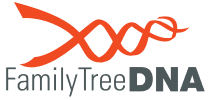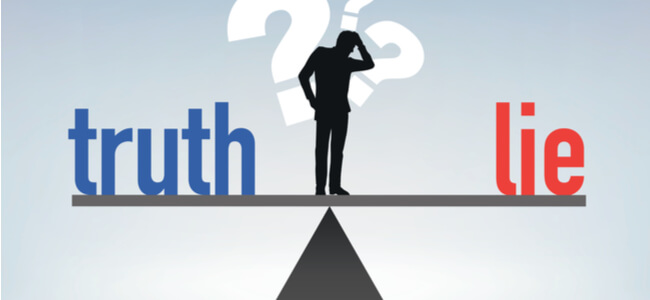DNA – A Useful Glossary

DNA tests are an exciting and fun way to learn more about yourself and explore your family history.
With a few simple saliva samples, you can unlock thousands of years of genetic history and trace your ancestry back several generations.
Even so, it can be hard to make heads or tails of the results you get, or the information you’re reading.
With so many complicated scientific terms and DNA-related concepts, you can get lost in a dictionary before you crack the code.
Fortunately, you can read on below and familiarize yourself with some of the key concepts. Explore our glossary of common DNA terms:
What are Genes?
Before going any further, it’s important to start with the basic building blocks. Genes are units of heredity that is transferred from parents to their children and can determine some characteristics in them. Genes are not single units but are rather collections of DNA grouped together.
Most humans have between 20,000 and 25,000 genes, according to the Human Genome Project, and we have an identical pair of each gene (one each from your father and mother). Most of our genes are the same as everyone else’s, but we all have slightly less than 1% that is unique to us specifically.
These small varieties of the same gene are known as alleles, and they’re what help determine our physical appearance. Genes can also vary in length, from as little as a few hundred DNA bases to over 2 million.
The DNA Code and Codons
Your DNA is a sort of instruction manual for your body’s cells to build everything from nerves and blood vessels to more complex things like your eyes and internal organs.
Your DNA code (also known as the genetic code), is a set of rules that is written in your DNA and is translated into proteins known as amino-acids and codons.
Because most DNA is usually identical, there is a “canonical” code that is considered universal, although there are several variants, especially in humans.
What are Codons?
Codons are sequences of three DNA nucleotides that contain the codes to create specific amino acids.
DNA and proteins are written using different rules (for instance, DNA is written with four nucleotides, while a protein uses 20 amino acids).
Codons act as a Rosetta stone that allows translation between the two. Every single codon corresponds to a unique amino acid or stop signal, and when put together, the full group of codons makes up the genetic code (which consists of 64 codons).
Genome
A Genome is an organism’s complete genetic sequence, including all your genes. Genomes contain the information needed to completely build and maintain an organism.
Humans’ genome holds a copy of their genome in every cell that has a nucleus and contain over 3 billion DNA base pairs.
Your DNA contains your genes, as well as your “noncoding” DNA, your chloroplast DNA, and your mitochondrial DNA.
Genotype
Your genotype is your specific and complete heritable genetic identity. If you had genome sequencing performed, it would reveal your unique genotype.
Today, genotype also refers to particular genes or gene sets you may be carrying. Genotypes are variations of a gene, meaning that several organisms can have the same gene, although it will look different from genotype to genotype.
These unique variations are also known as alleles. Genotypes encode things like eye color, face shape, and other physical aspects of your appearance.
Phenotype
On the other hand, your phenotype is a description of your actual physical characteristics. This is focused on your body’s surface level, and can describe things like your height, eye and hair color and more.
It can also include a description of your health, your illness history, your temperament and even your general disposition.
These are all part of your phenotype—the visual way you describe yourself—which is in turn derived from both your genotype and the sum of life experiences that shaped you.
DNA Strands
DNA strands are bits of nucleic acid that make up the chains of DNA. DNA strands, also known as polynucleotides (because they’re made up of individual nucleotides), are made up of groups of four types of nitrogen-based nucleobases.
These are cytosine (“C”), guanine (“G”), adenine (“A”), and thymine (“T”). Additionally, nucleotides contain a sugar known as deoxyribose and a phosphate group.
To make up a strand, nucleotides are held together by chains of deoxyribose and phosphates.
Mutation
A mutation is a change that occurs in your DNA sequence, which can happen for a few different reasons.
The first is through a mistake in your DNA sequence when it is being copied, which can result in genetic variations before you’re even born.
The other is a change in your environmental conditions, which can both affect you while you’re still in the womb and can result in mutations to your DNA bases over your lifetime.
Mutations can be inherited between generations, and especially if they have a positive effect. However, it can also cause problems when it disrupts normal gene activity, causing diseases like cancer.






